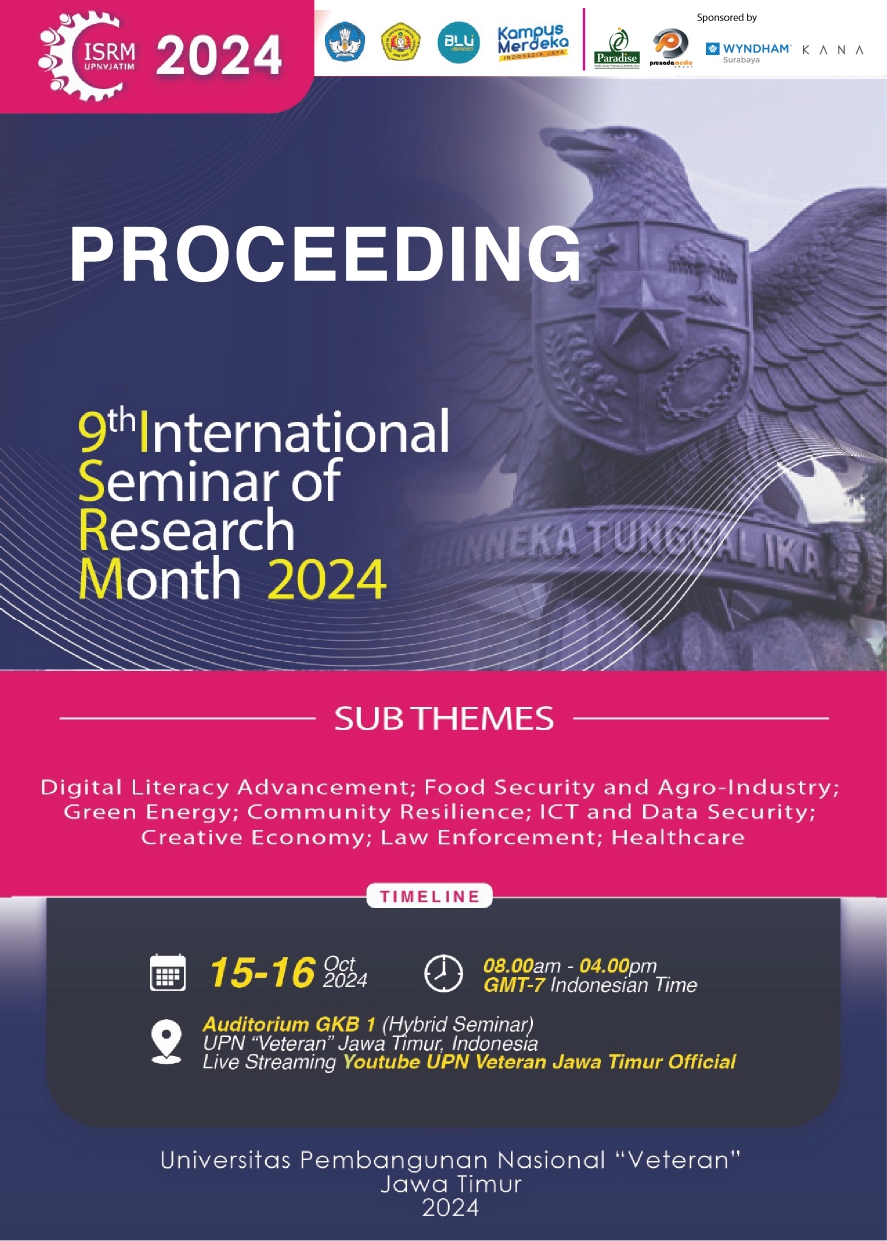Perceived Usefulness and Trust on Consumer Satisfaction of OVO Digital Wallet
DOI:
https://doi.org/10.11594/nstp.2025.47146Keywords:
Perceived usefulness, trust, consumer satisfaction, OVO, digital walletAbstract
This research will be useful for OVO companies operating in the digital wallet industry, to better understand how to maintain customer satisfaction. The results of this research are also useful for academics who are interested in marketing, because this research will understand more deeply about what makes customers satisfied. In this research, we will look at how Perceived Usefulness and Trust influence OVO user satisfaction among the people of Surabaya City, which is an important part of the market for OVO. The research method used is associative research with a quantitative approach. There are four variables used in this research, including 3 independent variables and a dependent variable. In this research, the dependent variable is consumer satisfaction (Y). The independent variables in this research are Perceived Usefulness (X1), and Trust (X2). This research uses a Likert scale. The population in this study were OVO digital wallet users in the city of Surabaya. Partial testing of variables Perceived Usefulness it is known that t count > t table is 3.578 > 1.984 so it can be concluded that the variable Perceived Usefulness significant effect on Customer Satisfaction Partial testing of variables Trust on customer satisfaction, it is known that t count < t table, namely 1.952 < 1.984, so it can be concluded that the Trust variable has no significant effect on customer satisfaction.
Downloads
References
APJII. (2023). Indonesian Organizers Association. https://survei.apjii.or.id/ (BMAJ, 4(1), Jasa 37 Internet
Ashghar, S. A., & Nurlatifah, H. (2020). Analysis of the influence of perceived ease of use, perceived usefulness, and perceived risk on the desire to buy back via E-trust and S-SatiSfaction (Case Study of Gopay Users in MSME Transactions). Al Azhar Indonesia Journal Social Sciences Series, 1(1), 40. https://doi.org/10.36722/jaiss.v1i1.459
Bank Indonesia. (2023). Digital wallets are on the rise, gaining interest during the pandemic. https://www.bi.go.id/id/bi-institute/BI-Epsilon/Pages/Dompet Digital--Naik-Daun,-Membetot-Minat-Kala-Pandemi.aspx
Budirahardjo, M., & Laksmidewi, D. (2022). Faktor yang mendorong intensi untuk melanjutkan penggunaan dompet digital: Studi pada pengguna di pulau Jawa. Journal of Management Applications, 8(2). https://doi.org/10.17358/jabm.8.2.444
Gunawan, A. A., & Winarti, A. (2022). The influence of digital wallet applications on today's transactions. Multidisciplinary Scientific Journal, 1(5), 352 - 256.
Kotler, P., & Keller, K. L. (2021). Marketing management. Pearson.
Ongkowijaya, A. (2023). Penggunaan dompet digital sebagai sarana alternatif pengganti uang tunai untuk pembayaran modern di Kota Surabaya. Seminar Nasional Ilmu Terapan, E24-1 - E24-6
Sugiyono. (2017). Quantitative research methods. Alphabet.
Sugiyono. (2018). Business research methods: Quantitative, qualitative, combination and R&D approaches.
Downloads
Published
Conference Proceedings Volume
Section
License

This work is licensed under a Creative Commons Attribution 4.0 International License.
Authors who publish with this proceedings agree to the following terms:
Authors retain copyright and grant the Nusantara Science and Technology Proceedings right of first publication with the work simultaneously licensed under a Creative Commons Attribution License that allows others to share the work with an acknowledgement of the work's authorship and initial publication in this proceeding.
Authors are able to enter into separate, additional contractual arrangements for the non-exclusive distribution of the proceedings published version of the work (e.g., post it to an institutional repository or publish it in a book), with an acknowledgement of its initial publication in this proceeding.
Authors are permitted and encouraged to post their work online (e.g., in institutional repositories or on their website) prior to and during the submission process, as it can lead to productive exchanges, as well as earlier and greater citation of published work (See the Effect of Open Access).














